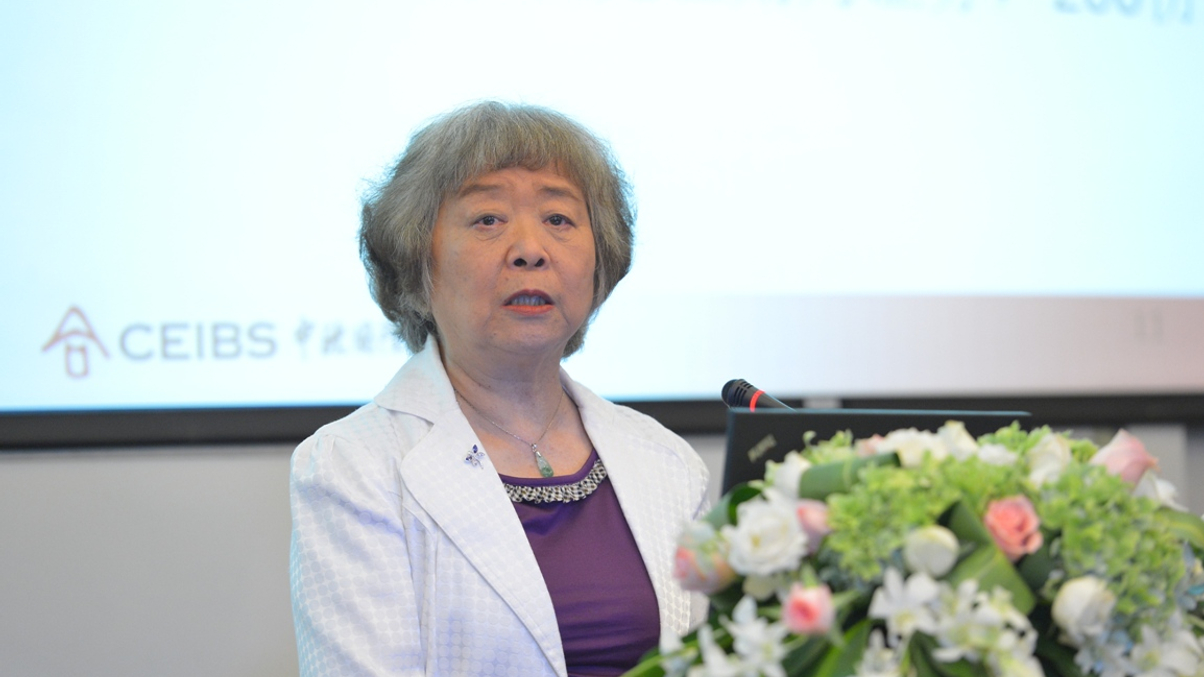China launches free-trade trial zone in Shanghai
While seen as an important step, Friday's announcement of a free-trade zone in Shanghai lacks clarity, particularly around interest-rate liberalisation, agree industry participants.

China's State Council unveiled the blueprint for a free-trade zone in Shanghai last Friday, a move that will lead to long-overdue economic reform on the mainland.
Yet the announcement lacked clarity, and some industry participants remain sceptical about many of the mooted reforms, notably interest-rate liberalisation.
Under the free-trade zone, ideally interest rates will be determined by the market. There will also be full renminbi convertibility, and the possibility that foreign investors can invest in industries which are notoriously difficult to access, such as the telecommunications sector.
Friday's free-trade zone blueprint provided guidelines for 18 industries including financial, shipping and cultural.
Sign In to Your Account
Access Exclusive AsianInvestor Content!
Please sign in to your subscription to unlock full access to our premium AI resources.
Free Registration & 7-Day Trial
Register now to enjoy a 7-day free trial—no registration fees required. Click the link to get started.
Note: This free trial is a one-time offer.
¬ Haymarket Media Limited. All rights reserved.


